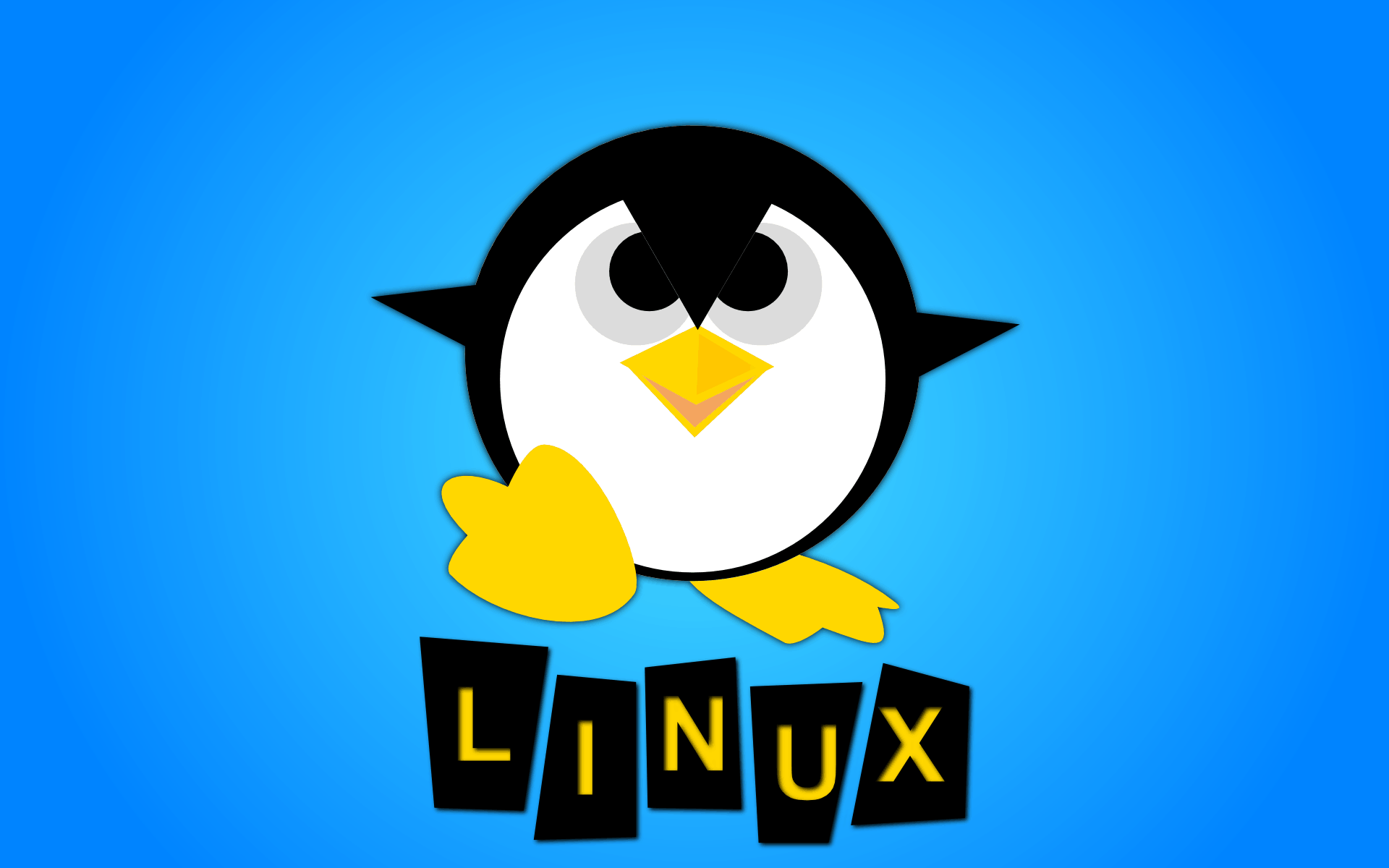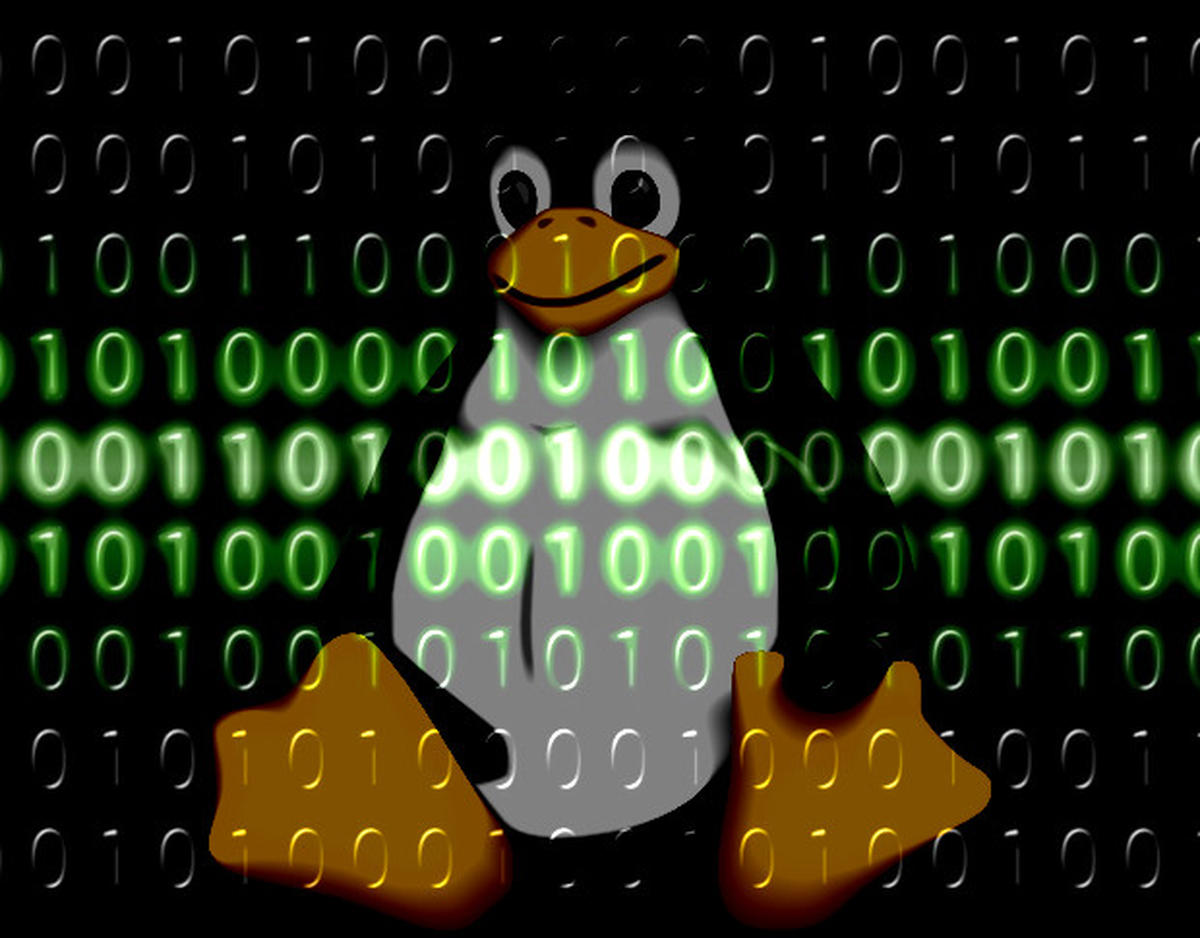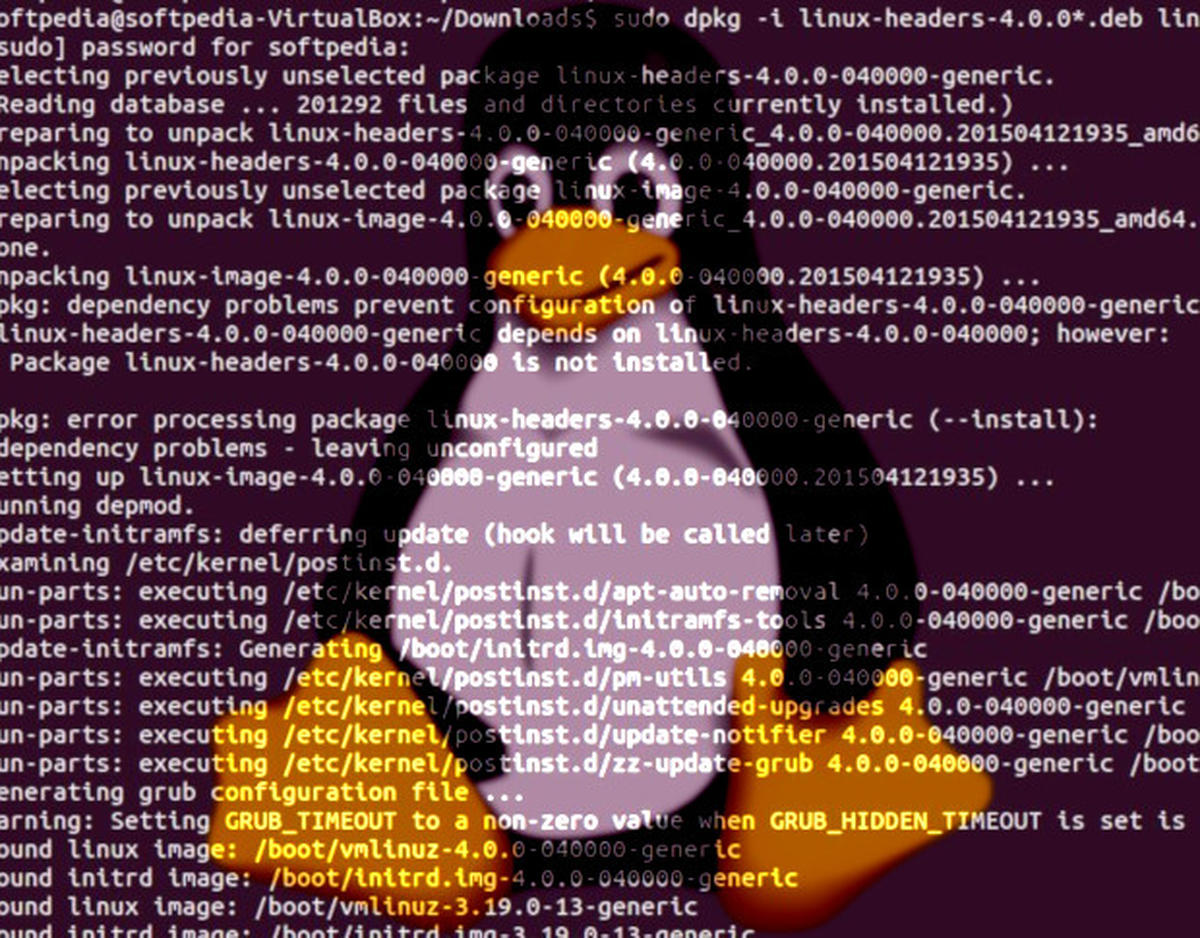
Prior to version 2.6, the kernel did not have a unified model to obtain information about it. For this reason,...

Plug and Play is a technology that provides support for automatically adding and removing devices in the system. In this...

In the Linux kernel, it is possible to map a kernel address space to a user address space. This eliminates...

Virtual Filesystem, also known as VFS, is a component of the kernel that handles all system calls related to files...

It is important to note that kernel programming differs significantly from userspace programming. The kernel is a standalone entity, which...

The GO language was created by Google to eliminate licensing issues with Java and C # (net dot) languages and...

In order to generate the desired results, a program has to handle the data in a well-specified way. The description...

In the early 70’s appeared the C-language, developed by Dennis Ritchie and Brain Kernighan. The C ++ language is the...

CLI is an acronym for command-line interface or command line interpreter and represents a mechanism for interacting with a computer,...

A file is a dynamic structure located in the secondary memory. The C language allows the following file operations: –...

We will try to list the things you need to keep in mind when talking about conventions; then we will...

A pointer is a variable that holds a memory address. In C, a pointer can represent: 1. The address of...












